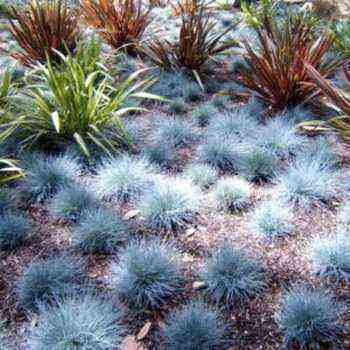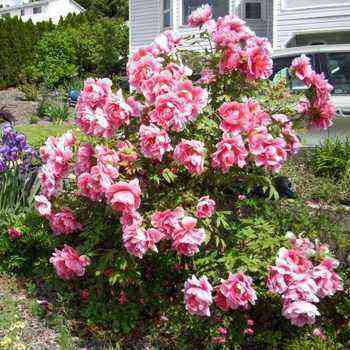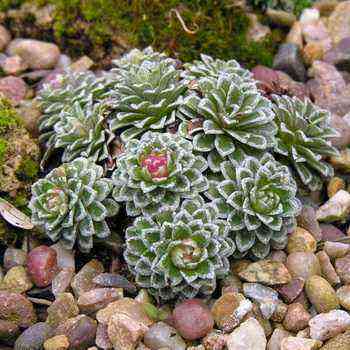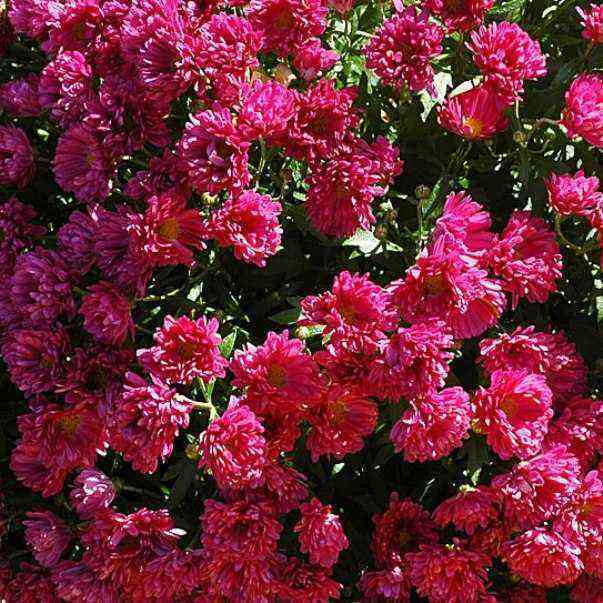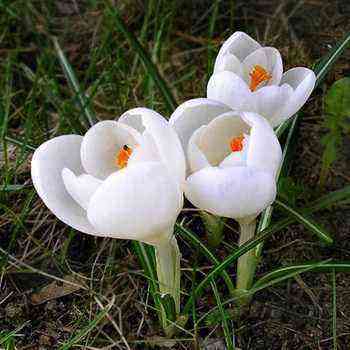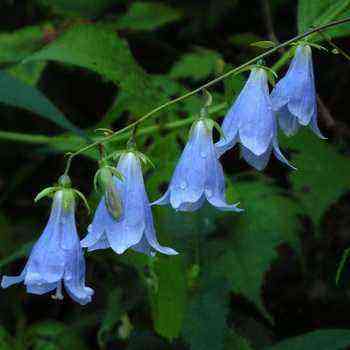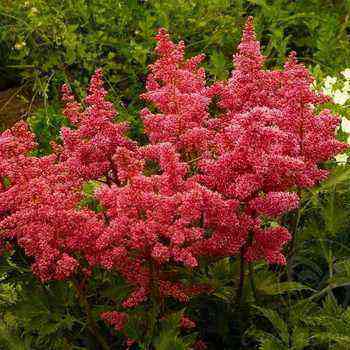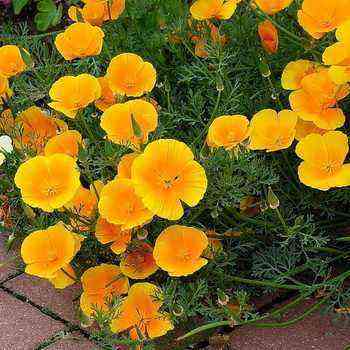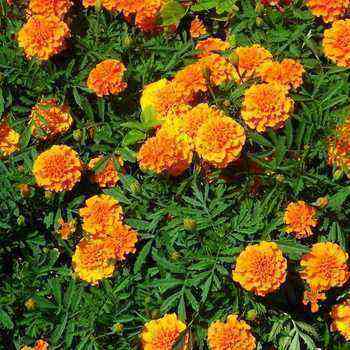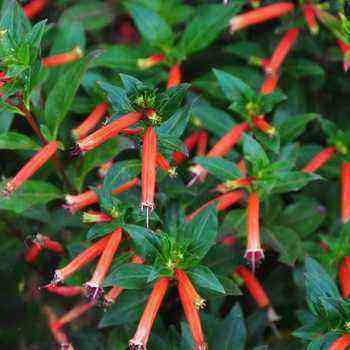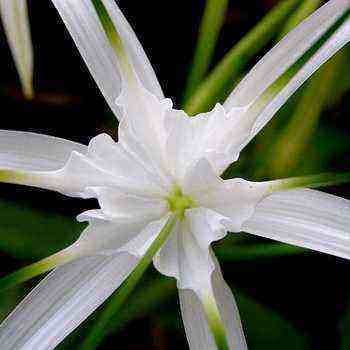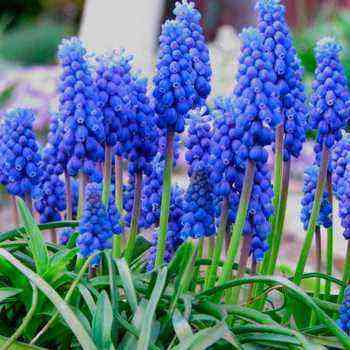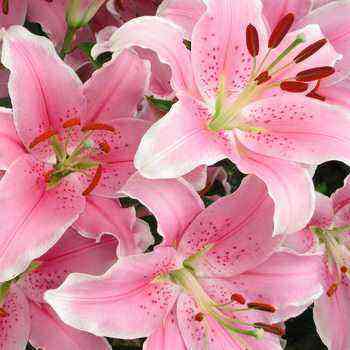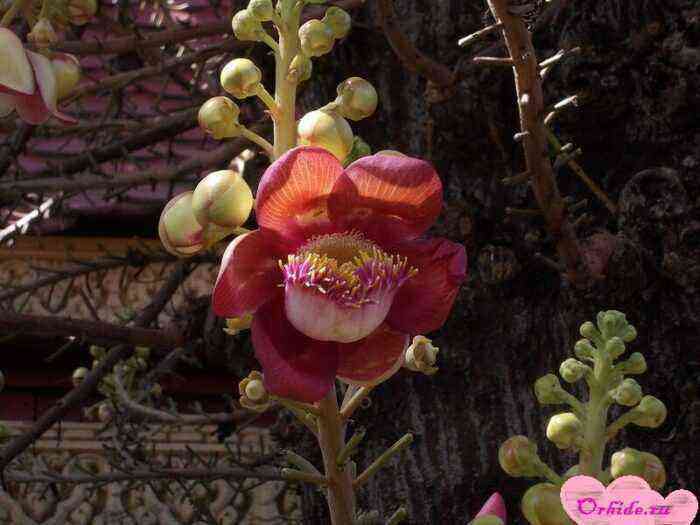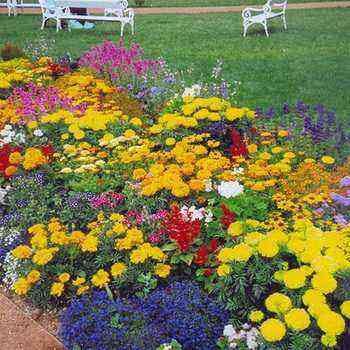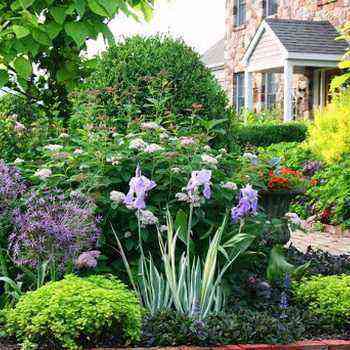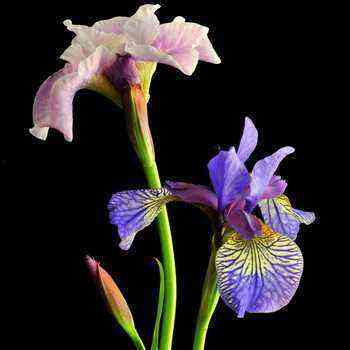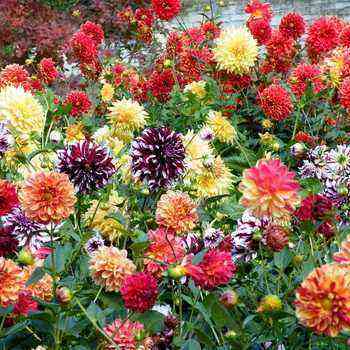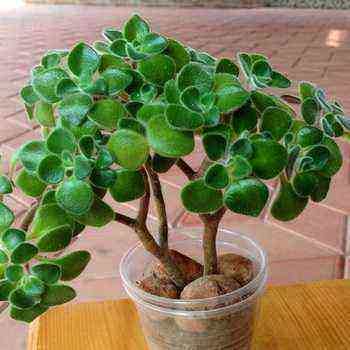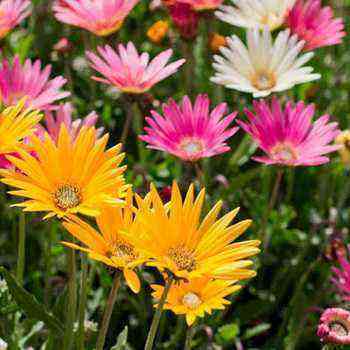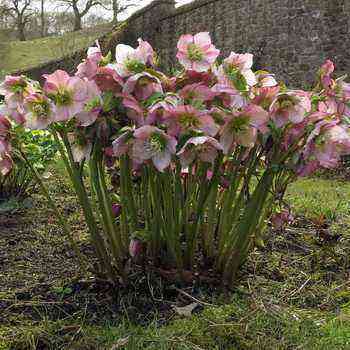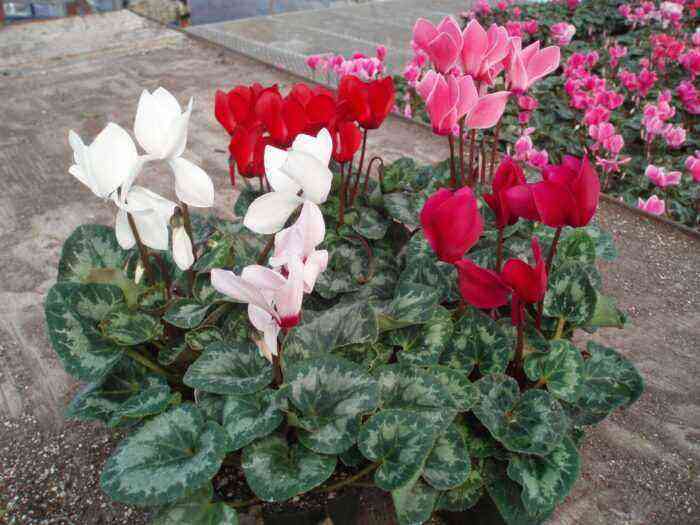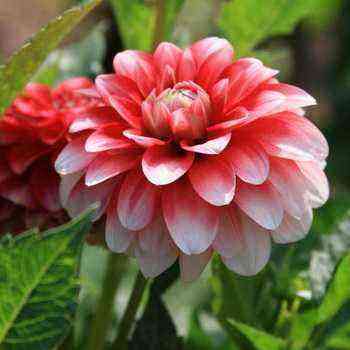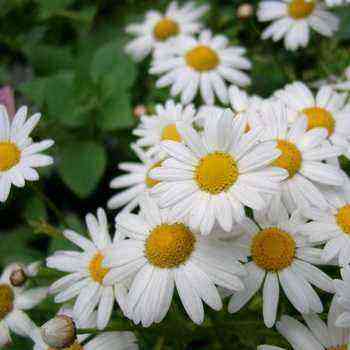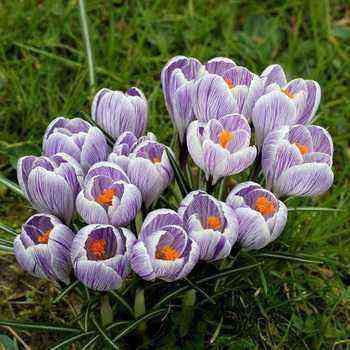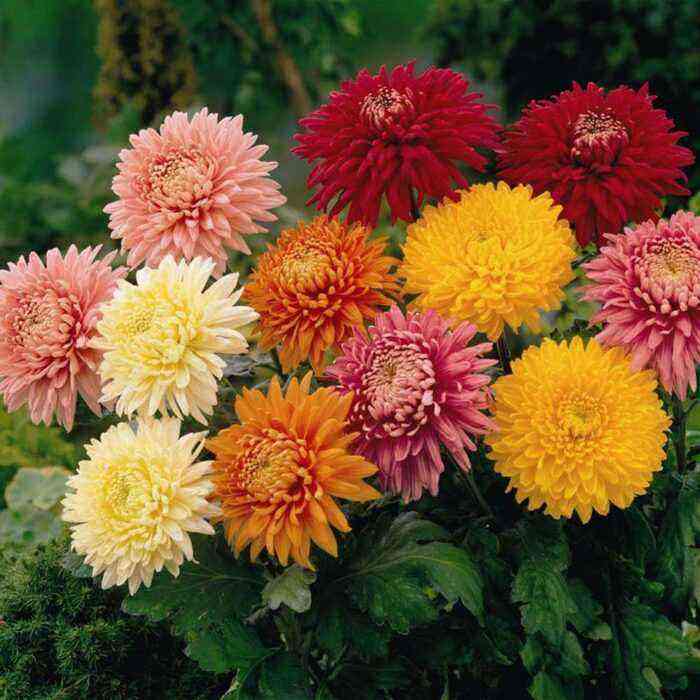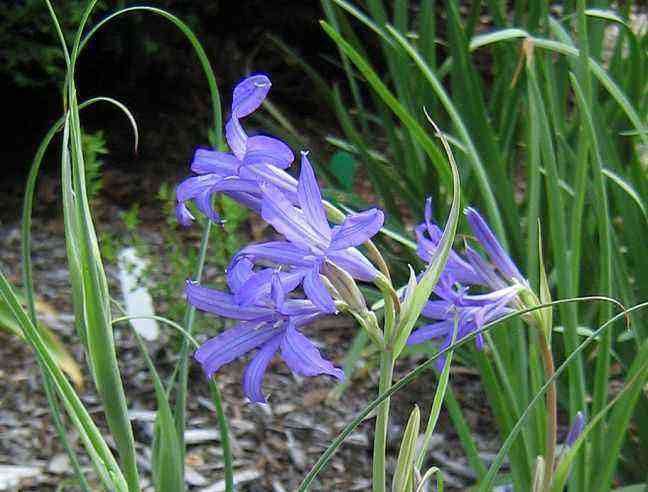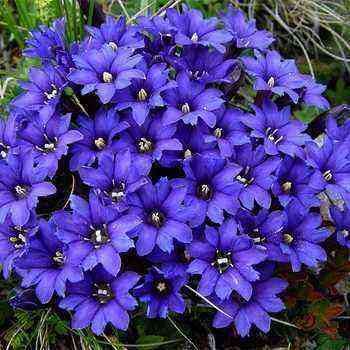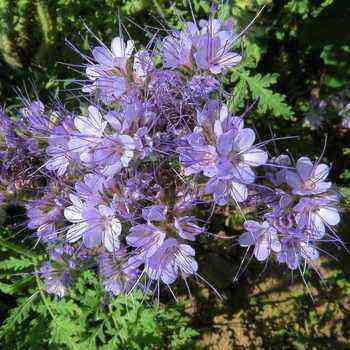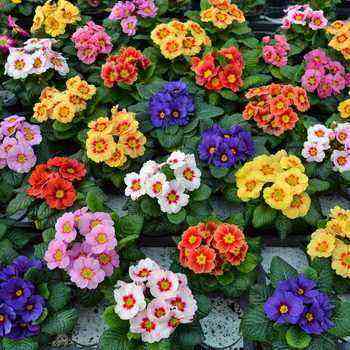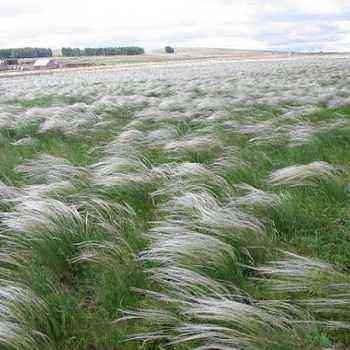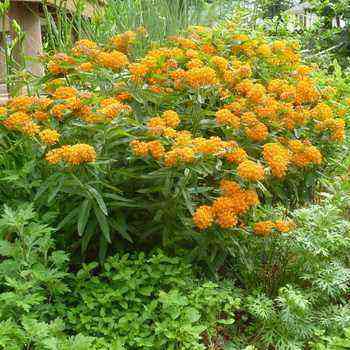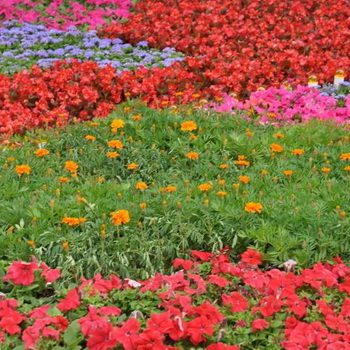
These crops are distinguished by a slow growth rate, enhanced shoot formation, they tolerate shearing well and have leaf blades of unusual shape or color.
Examples by color
A general characteristic of most carpet plants for a flower bed is decorativeness due to leaves, but there are flowering species, among which the most popular are zonal pelargonium and Peruvian heliotrope.
Below are examples of carpet plants for a flower bed by color with photos and names:
Leaf blades of such types as:
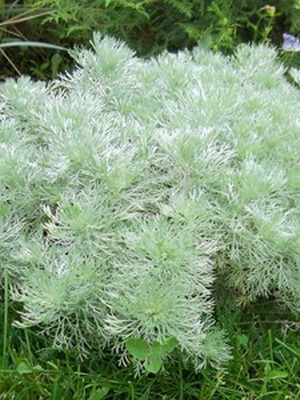
silver wormwood

pelargonium solleri

felt splinter
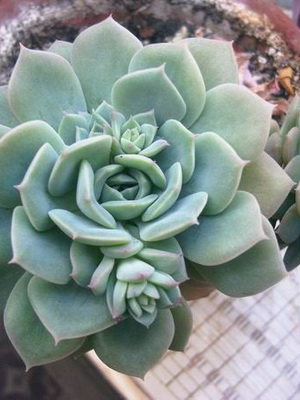
echeveria desmetian

echeveria metallic.
Gray tones are provided by:

gnafalium woolly

cypress santolina
and

sedum carneum.
Leaves give a yellow color:

alternanters golden
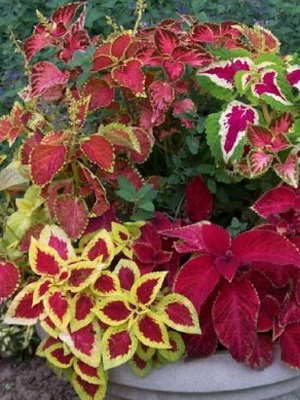
Coleus Yulke

pyrethrum golden

sedum of Lydian golden
and

fuchsia golden.
To obtain red tones, use:
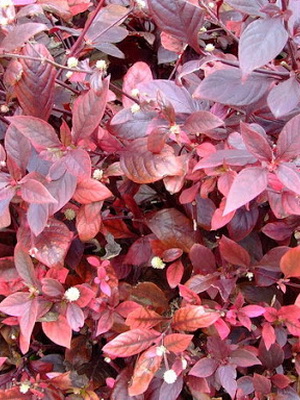
Alternantera Juwel
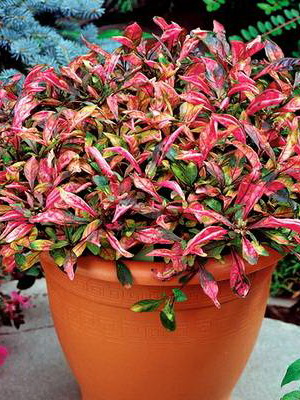
amena pink
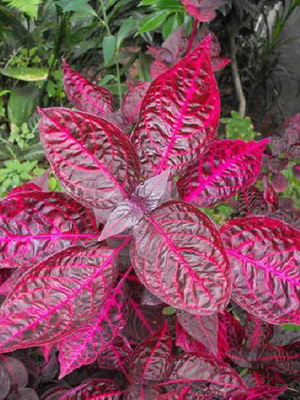
achiranthes Vershaffelt

irezine Linden
The purple color of the leaves is:

alternantera metallic
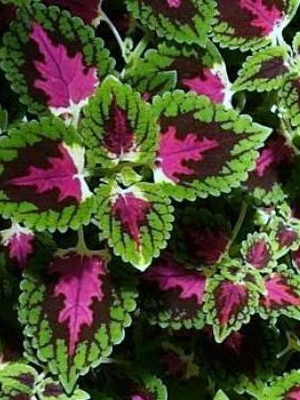
Coleus Gero
To obtain a blue color, use:
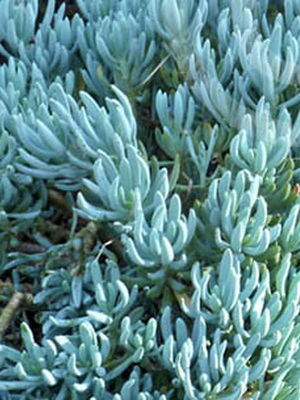
creeping clinging
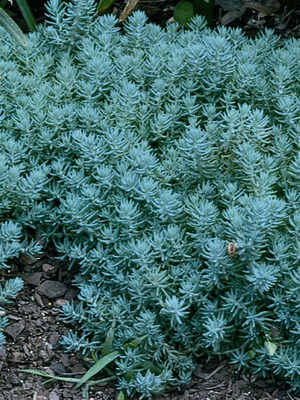
sedum blue
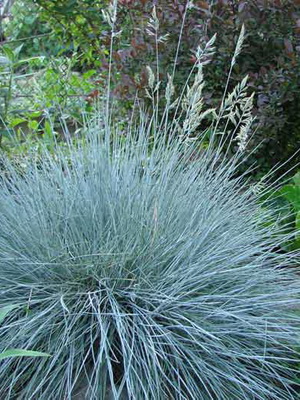
amethyst fescue
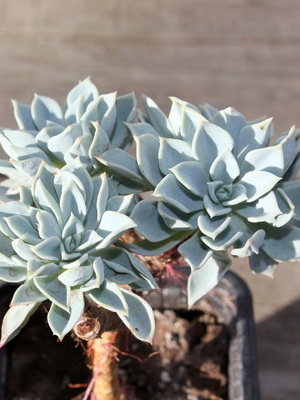
echeveria gray
Plants with variegated leaves are also common:

mesembriantemum cordifolia

striped tradescantia

chlorophytum crested.
Beautifully flowering carpet plants give a thick purple in flower beds:
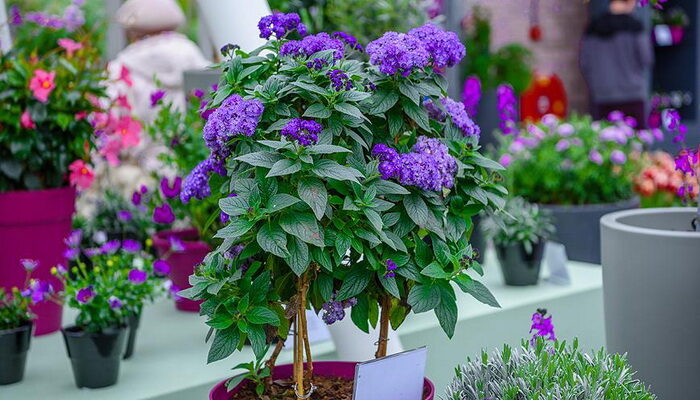
heliotrope
red, white and pink colors

pelargonium
Agrotechnics of cultivation
The homeland of many species is areas with a hot, dry climate, therefore, in the middle lane, with a lack of heat, they practically do not bear fruit (or the seeds do not have time to ripen). The main method of propagation of carpet plants is cuttings. It is this feature, apparently, that caused a sharp decrease in the production of these plants, since this method of reproduction requires not only specially equipped greenhouses with underground heating, but also large costs of manual labor, which significantly affects the cost of planting material.
In addition, with green cuttings, in order to obtain planting material, it is necessary to have special, so-called uterine, plants. From September to May, they should be kept indoors, with different groups of plants needing different temperatures. So, alternanters, coleus, heliotropes require a temperature of about 12-15 ° C; irezine, achirantes, kleinia and mesembriantemum – 8-12 ° С, and pelargonium, gnafalium, santolina and fuchsia are kept at 5-7 ° С.
The productivity of individual species is also different. The largest number of cuttings, up to 50-60 pieces from one mother plant, can be obtained from achiranthes, irezine, coleus, alternantera, gnafalium and santolina. Much less – 15-25 pieces – give heliotrope, sedums, fuchsias and mesembriantemum; from 4 to 10 cuttings can be obtained from zonal pelargonium, and Echeveria has the lowest productivity – as a rule, no more than 2-3 pieces per plant. Reproduction of echeveria requires some explanation. This plant, popularly called the “stone rose”, is very often cultivated as an indoor plant. As carpet plants, echeveria are used gray, desmeciana, agave and metal. The most productive way of reproduction is the separation of daughter rosettes, since in this case, well-formed plants are immediately obtained, ready for planting in flower beds. Unfortunately, the separation of the sockets is only productive for echeveria gray. To increase the number of daughter rosettes in the mother plant, the apical growth point is removed, which stimulates the awakening and growth of the axillary buds. The rest of the species are propagated by seeds or leaf cuttings. Seeds are sown indoors in March, and the plants will not be ready for planting outdoors until a year later. When using leaf cuttings, as well as when cutting other succulents, cuttings must be dried for several hours before planting. The rest of the species are propagated by seeds or leaf cuttings. Seeds are sown indoors in March, and the plants will not be ready for planting outdoors until a year later. When using leaf cuttings, as well as when cutting other succulents, cuttings must be dried for several hours before planting. The rest of the species are propagated by seeds or leaf cuttings. Seeds are sown indoors in March, and the plants will not be ready for planting outdoors until a year later. When using leaf cuttings, as well as when cutting other succulents, cuttings must be dried for several hours before planting.
Other types of carpet plants are usually cuttings in February-May, while cuttings rooted in February can produce shoots suitable for repeated cuttings.
Usually, during reproduction, the temperature is maintained at 18-20 ° C. Carpet plants do not tolerate transplanting well, therefore, after rooting, the cuttings are planted in separate pots in order to minimize injury to the root system in the future.
An open, sunny place is chosen for a carpet flower garden. Plants achieve optimal development on light and medium loams, while the soil should not contain a large amount of organic matter, otherwise the plants start to grow intensively, lose compactness, require more frequent cutting, and this greatly complicates the care of flower beds. For the same reason, carpet flower beds, as a rule, are not fed during the growing season. In mid-July, to enhance the color of the leaves, it is recommended to carry out foliar dressing with a solution of calcium nitrate.
A characteristic feature of carpet flower beds is the density of planting. If for summer people planting rates range from 25 to 60 pieces per meter, then 100 and even 200 pieces per meter are planted in carpet flower beds. Failure to comply with this rule leads to a loss of decorativeness of flower beds, since the impression of a “carpet” is not created.
The agrotechnics of growing carpet plants in flower beds is reduced to watering, loosening and weeding (until the plants close up), but the main element of care is to regularly cut plants to a total height of 10-15 cm.This operation has to be done at least 3-4 times per season. Complex compositions are created from carpet plants: portraits, flower clocks, slogans, decorative flowerpots and even animal statues. It is technologically difficult, expensive, but worth it.
When creating a large carpet flower garden, it must be remembered that it is designed to be perceived as a whole – from the windows of the house, from the terrace. Alternatively, the location of the flower garden on a raised surface, for example, on an existing slope, etc. If we talk about small flower beds, then it is better to create them in the form of a bed along the path or in the form of a flower bed in front of the porch, so that you can take a look at the entire flower garden.

